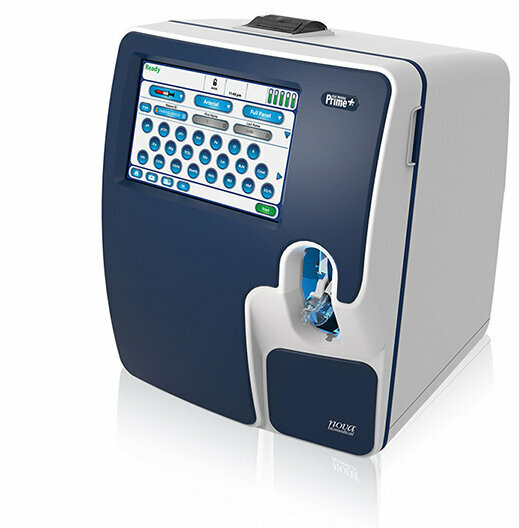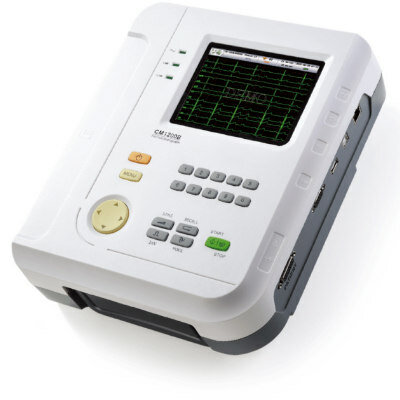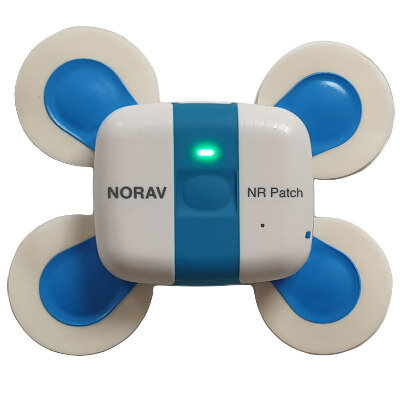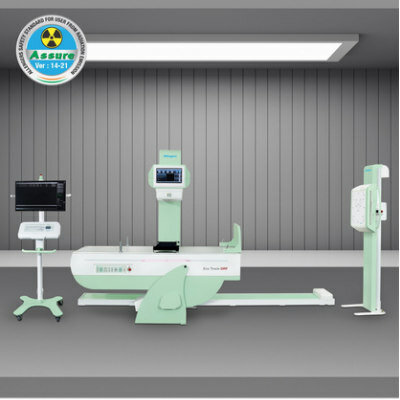Interactive Virtual Reality Crosses Healthcare Threshold
By HospiMedica International staff writers
Posted on 15 Apr 2015
Landmark technology converts patient anatomy into fully interactive, three-dimensional (3-D) virtual reality images as a tool for doctors, medical students, and patients.Posted on 15 Apr 2015
The True3D Viewer is a real-time interactive holographic system that enables medical professionals and students to interact with patient-specific body parts in an open 3-D space emanating from a desktop display. True3D Viewer brings data from magnetic resonance imaging (MRI) scans, computerized tomography (CT) scans, and all digital imaging and communications in medicine (DICOM) imaging to life, letting doctors examine and interact with anatomical structures in an intuitive and noninvasive way.
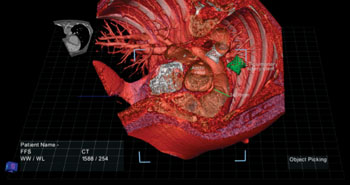
Image: Composite patient anatomy on the True3D Viewer (Photo courtesy of EchoPixel).
By presenting patient data in lifelike 3D and the use of a hand-directed stylus, the technology dramatically improves both speed and efficacy across a broad range of proprietary protocols, helping to formulate and distribute expert-derived methodologies for surgical and radiological procedures, and allowing medical professionals to share information, collaborate, and leverage best practices for particular procedures. Patients themselves can also gain access to these images, obtaining a clearer and more realistic understanding of their own anatomy. The True3D Viewer is a product of EchoPixel (Mountain View, CA, USA).
“Since CT scans were invented in the 1970s, doctors have learned about patient anatomy by mentally piecing together multiple images from flat screens; that's not what the inside of a patient looks like,” said Ron Schilling, CEO of EchoPixel. “When working with doctors, we found they were wasting energy trying to solve imaging problems instead of clinical ones. Using virtual reality, we can provide an interactive, three-dimensional view of patient data that is far clearer and more realistic.”
Medical visualization has limitations in representing the complex 3D relationships present in human anatomy. In order to successfully identify an area of interest from a 3D medical data set, as those produced by CT, MRI and other devices, doctors are required to integrate a series of 2D images in their mind and cognitively extract the relevant 3D relationships that define the tissue or organ of interest, as well as its neighboring anatomy. In complex cases, they must visually map two or more views of the same data to find appropriate correspondences of one view with another view to produce a match, and determine if what they see is the tissue they want to evaluate.
Related Links:
EchoPixel




